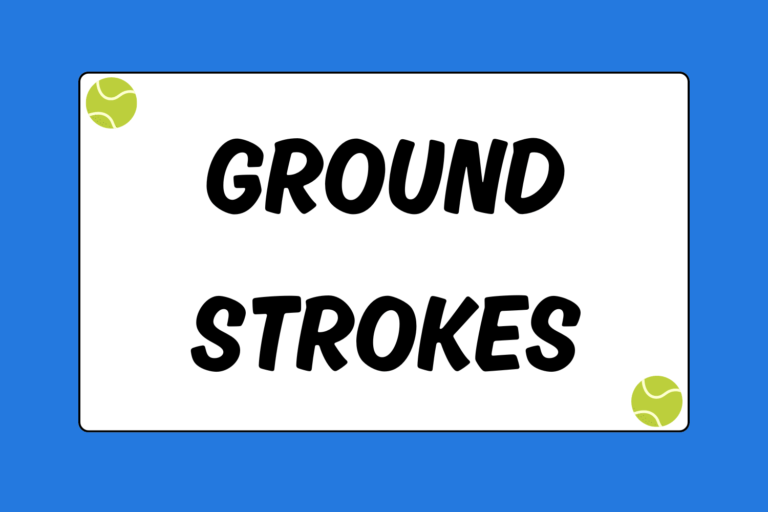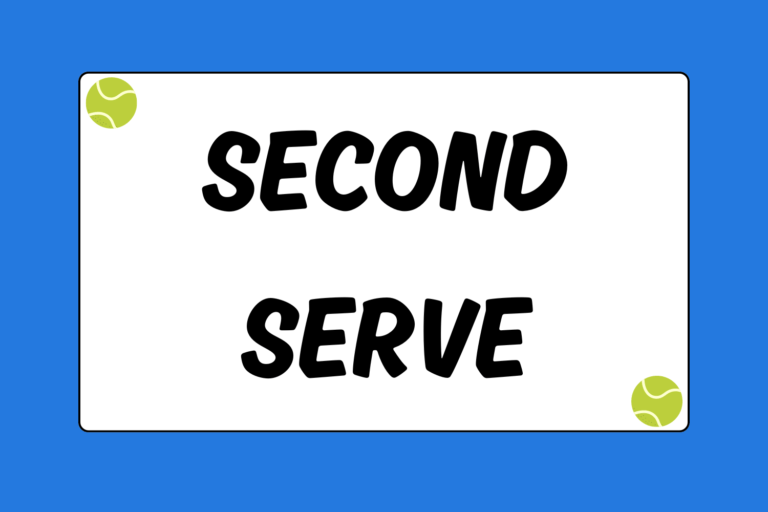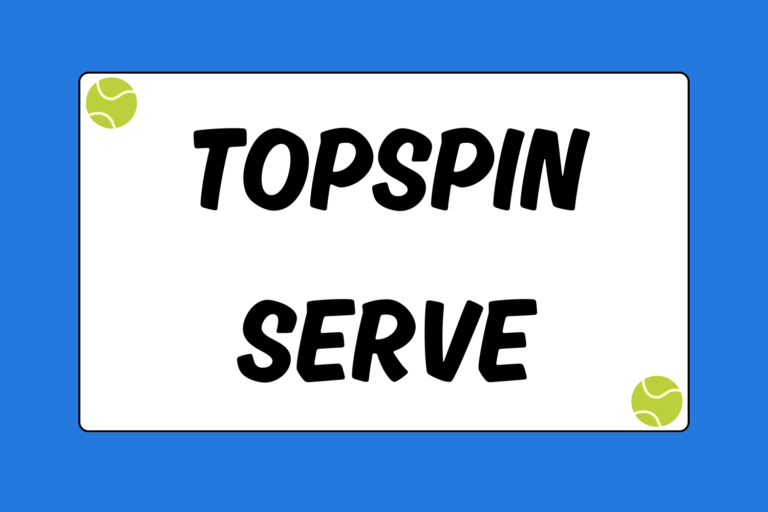It’s extremely difficult to become a competitive tennis player without a reliable and consistent serve. Serving is one of the most important aspects of the game, and it separates great tennis players from the wannabes. Serving is a fundamental skill, and the swing itself isn’t incredibly complicated. Most players struggle with serving mechanics because they’re unaware of the mistakes they repeatedly make. Since bad habits are hard to break, it’s absolutely crucial to analyze your serve and search for holes in your stroke.
You will notice drastic improvements in your serve with proper guidance and a few pointers. Once you master the mechanics and learn how to avoid typical blunders, you can become a menacing opponent. This guide explains three common serving mistakes, and details how to improve your serving form.
1. The Ball Toss
The ball toss is one of the most underrated skills in tennis. Although the ball toss is easy to overlook, it has a huge impact on the outcome of your serve. Even the slightest misjudgment, like placing the ball a few inches outside, can cause the ball to end up in the net for a fault.
Many beginning tennis players struggle with the height of their tosses. Low tosses tend to jam the server, which affects both the power and accuracy of the serve. On the other hand, a toss that soars too high disrupts the timing of the serving motion and is extremely hard to hit on the sweet spot of the racquet’s strings.
To get a better idea of where the contact point should be, line up at the baseline and hold your racquet straight up in the air. Stand completely upright with your arm fully extended. The sweet spot of your racquet should make contact with the ball at this exact height; you shouldn’t toss the ball much higher. Again, the higher the ball flies, the harder it is to time and hit. Keep your toss in the vicinity of your contact point. For more information on mastering your ball toss, please refer to the guide “Perfecting the Tennis Ball Toss.”
2. Swing Up on the Ball
Many players struggle with their serve because they swing down on the ball. Enticed by the thought of an ace, beginners can’t resist the temptation to swing as hard as possible. Beginners normally swing down on the ball, hoping that that the serve blows past their opponent — this is a critical mistake. Although serves travel in a downward angle, you actually swing up at the ball.
Imagine that you’re nailing a hammer into the ceiling and the frame of your racquet is the hammer. Your serving motion mimics this exact movement as your arm snaps upwards. Avoid the temptation to flatten-out your racquet and swing down on the ball.
The flatter your serve, the more you’ll have to swing down on the ball. Although flat serves have a lot of pace, the downward motion makes them extremely inconsistent. Without spin, flat serves barely clear the net. Hitting with spin makes your serve much more reliable, so learning how to swing up at the ball is an essential skill.
Hot Tip: As Easy as Playing Catch
The serving motion mimics throwing a baseball or softball. When trying to throw for distance, players release the ball higher. Similar to this throwing motion, tennis players swing up in order to clear the net and keep the ball deep.
3. Keep Your Head Up
No matter the player’s skill level, not watching the ball through contact is one of the most problematic issues for servers. If your tossing arm drops during your swing, your head will drop as well, and the ball will undoubtedly end up in the net. You need to keep your eyes on the ball throughout the serve, so focus on keeping your tossing arm in the air for as long as possible. Even elite tennis players drop their shoulder from time to time, so don’t be discouraged if this motion feels unnatural at first. Once you develop the proper serving technique, you’ll be able to notice when you’re dropping your head, which will make it easier to avoid.
Serve at half-pace and exaggerate this technique by holding your tossing arm in the air for the entirety of the swing. Although it’s nearly impossible to keep your shoulder up for the full serve, this drill emphasizes the correct motion and will prevent your head and shoulder from dropping.
Become an Ace
Being able to consistently make serves is a paramount skill that any competitive player needs to master. The swing is difficult to learn and may take years to perfect, but the technique itself isn’t overly complex. Being aware of common mistakes will help you overcome many of the struggles that tennis players of any level may experience. Now that you’re a more self-aware and prepared player, head out to the courts and take your game to the next level!





